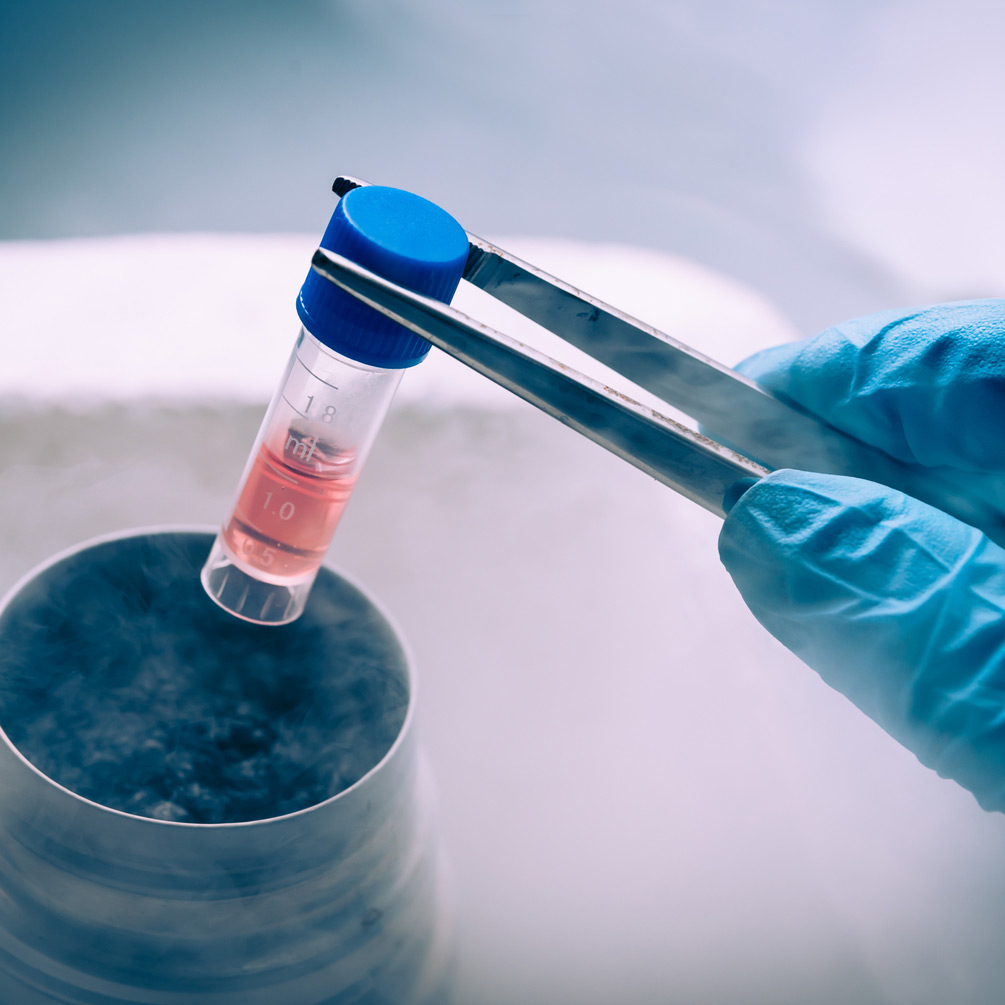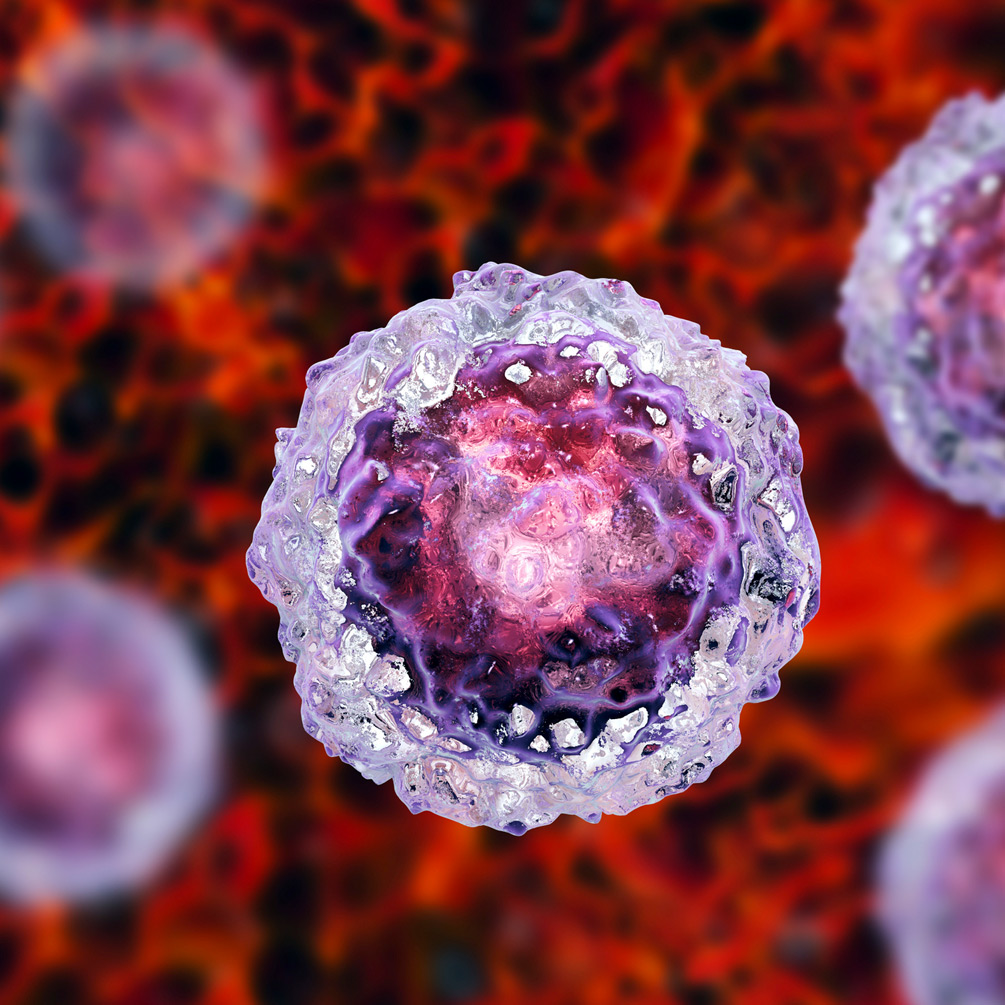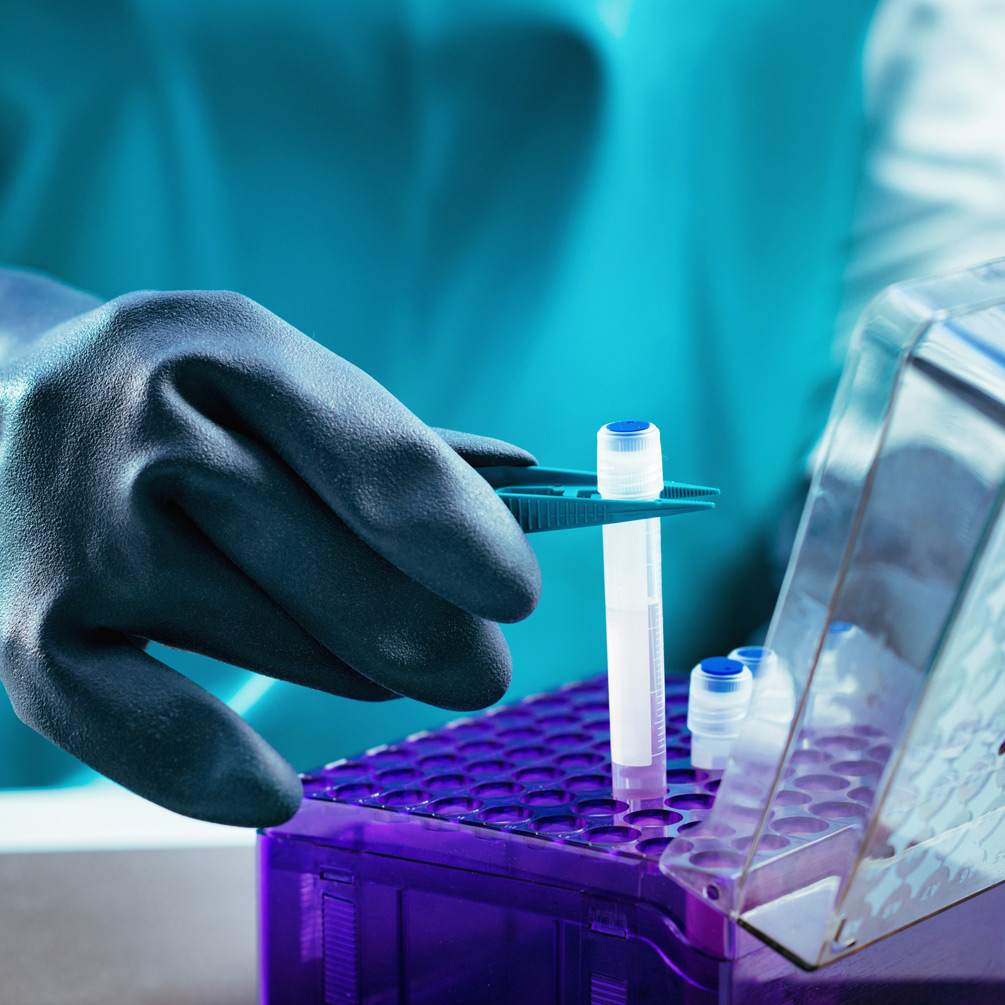
Chronic pain affects as many as 100 million Americans, according to estimates by the Centers for Disease Control and Prevention (CDC).
If you have dealing with ongoing pain and related symptoms and you haven’t had much success with physical therapy, medication, and other common treatment options, you may benefit from stem cell therapy (SCT) for pain relief or management. It’s also a treatment that may help with stubborn injuries that are taking longer than expected to heal. Here’s what you need to know about SCT.
What is Stem Cell Therapy?
Stem cell therapy for pain involves the use of non-specific cells that do not yet have a defined role. These unique cells are beneficial because they can adopt the characteristics of whatever other cells are in the affected area. For example, stem cells injected into a knee affected by an ACL (anterior cruciate ligament) injury would become healthy ligament cells.


What Sources of Pain May Be Treated?
It should be noted that stem cell therapy for pain isn’t meant to be your first attempt at treatment. However, if you have a fracture that’s not healing well or a soft tissue injury that’s still making it difficult for you to return to your normal level of activity, you may benefit from SCT.
There is promising research suggesting stem cells may help spinal cord injury patients enjoy restored function at some point in the future. However, SCT is more likely to be recommended today if your pain is related to:
- Spinal disc wear that’s not linked to a herniated disc
- Joint diseases or disorders
- Soft tissue tears, sprains, and strains
- Certain types of cancer pain
- Tendinitis and similar inflammation-based conditions
What's Involved with Stem Cell Therapy for Pain?
If it’s determined that your source of pain may be treatable or manageable with stem cell treatment, the first step in the process is to collect the cells. Stem cell therapy for pain is done with adult stem cells. These are found in sufficient amounts in either bone marrow or fat (adipose) tissue. The hips and back are the two most common harvesting (collection) sites.
The stem cell mixture is prepared in a lab. It is then injected into the area that needs to be treated. A local anesthetic will make the process more comfortable for you. Results won’t be immediate. This is because it will take some time for your body’s naturally healing processes to become fully activated once the stem cells have been injected. Over a period of several weeks, you should notice gradual improvements if you respond well to SCT. Benefits often associated with this treatment include:
- Shorter healing and recovery periods
- Less dependence on pain meds
- Improved or restored athletic capabilities
- A better response to rehab efforts
- The possibility of delaying or avoiding surgery
Stem cell therapy for pain treatment is sometimes coupled with platelet-rich plasma (PRP) therapy, a similar technique that also enhances your body’s healing and recovery processes. Additionally, if you respond well to SCT, you may be able to benefit more from therapeutic exercises designed to improve the strength of the muscle groups that support your bones and joints.

